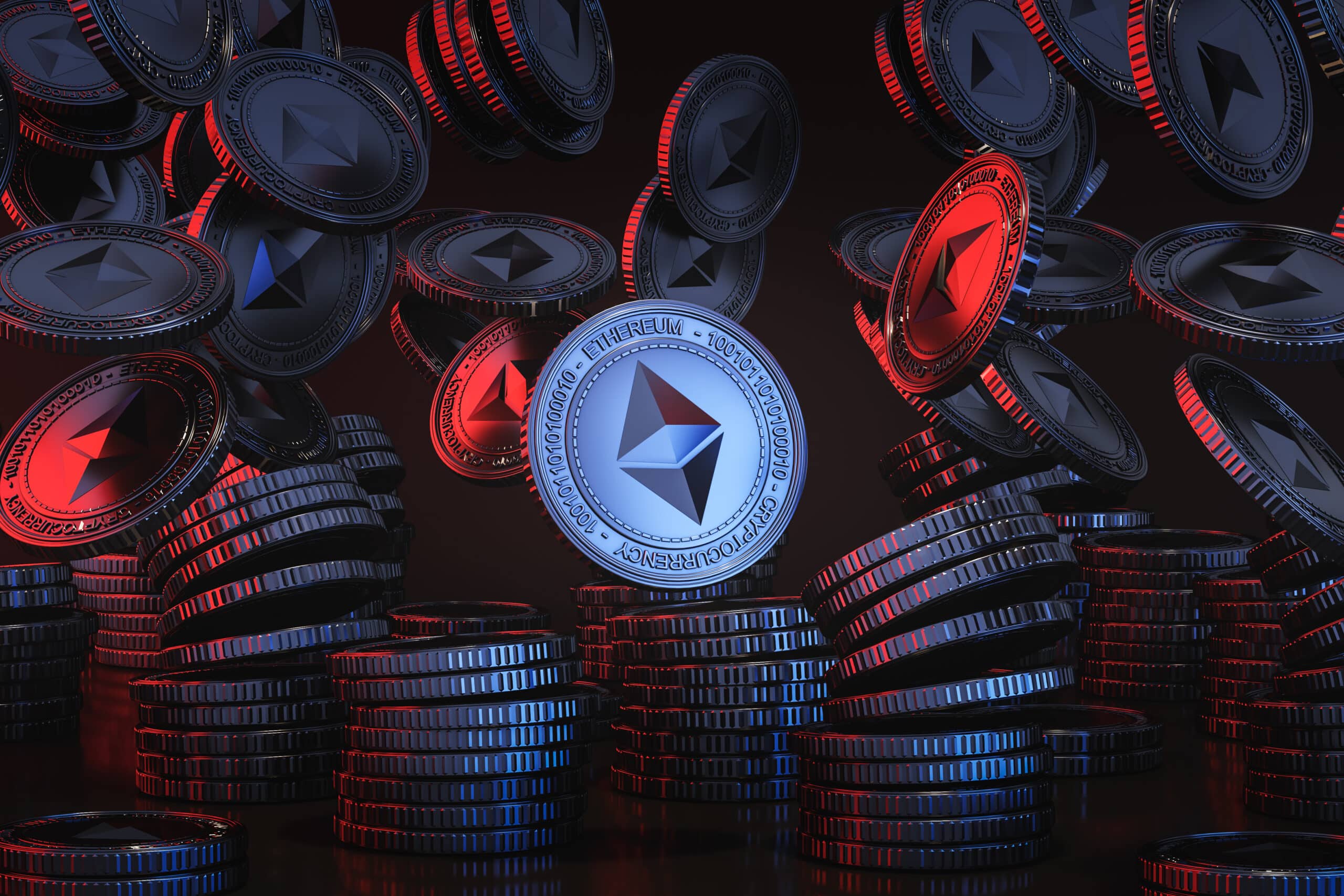Some Ethereum developers have launched an initiative to raise the gas limit to 40 million, which they expect will lead to a 15 to 33% reduction in Layer 1 transaction costs.

Ethereum developers proposed increasing the execution gas limit to 40 million or higher, which could lower the cost of Layer 1 fees by a third.
Shutterstock
Posted March 21, 2024 at 3:57 am EST.
Last week, the Ethereum community celebrated the deployment of the Dencun hard fork on the mainnet, introducing blob-carrying transactions for rollup solutions. While some Layer 2 networks saw a 99% drop in fees almost immediately after the upgrade went live, fees on Layer 1 networks still remains relatively high.
Two Ethereum developers say the solution to this problem could be raising the gas limit from the current 30 million to 40 million, which could potentially lead to an estimated 15 to 33% reduction in Layer 1 transaction costs.
Eric Connor, an Ethereum core developer, and Mariano Conti, the former head of smart contracts at MakerDAO have spearheaded an effort called “pump the gas,” calling on solo stakers, client teams, staking pools and other members of the community to join the initative.
A @Rocket_Pool validator proposed a block with 40m gas limit#pumpthegas pic.twitter.com/Mvb4qUrhMZ
— mariano.eth | 🦇🔊 (@nanexcool) March 20, 2024
The developers proposed increasing the execution gas limit to 40 million or higher, increasing the blob count from three to eight and implementing EIP-7623, on the initiative’s website, which references a similar call to action from Ethereum cofounder Vitalik Buterin in January.
They explained that raising the gas limit by a third would give Layer 1 networks the ability to process the same amount of extra transaction load in a day. Raising the gas limit too much, however, could create a scenario where the chain becomes too large for solo node operators to validate and download, they warned.
3/ Yes, Ethereum is scaling on L2 but there is still room on L1 as well and I personally strongly believe the gas limit raise will end up perfectly safe.
My node is voting for 40mn, feel free to vote whatever you’d like, that’s the beauty of this.
— eric.eth (@econoar) March 20, 2024
“After discussion with multiple community stakeholders, this feels like a reasonable amount to raise the limit without putting the network at risk,” said the developers.
Data from Blockchair shows that some transactions have already been submitted with the proposed limit.
